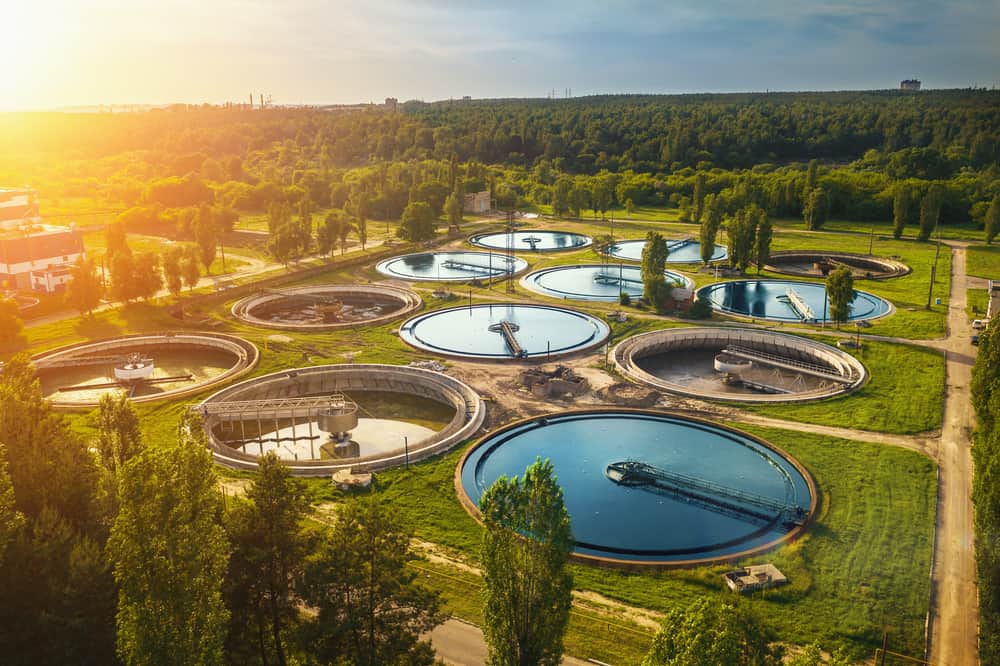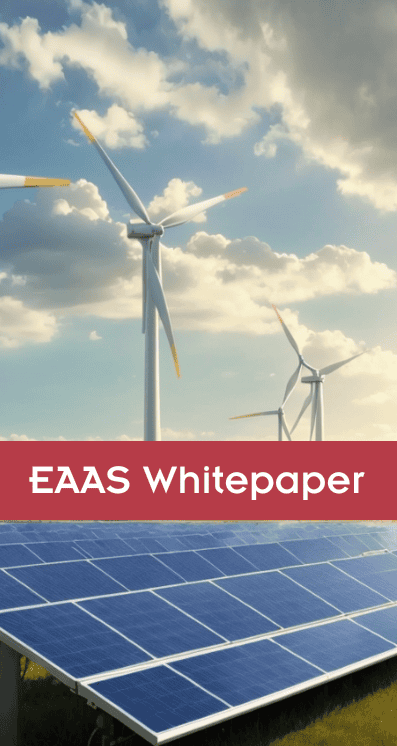Understanding the Energy Issues Impacting Water and Wastewater Districts

Water and wastewater districts play an essential role in ensuring the proper treatment and management of our water resources. However, like any other sector, these districts face significant energy issues that need to be addressed. Energy is a critical input in the treatment and distribution of water and wastewater, and energy issues can impact the reliability and affordability of water and wastewater services. In this blog post, we will discuss some of the major energy issues facing water and wastewater districts and some practical solutions to these problems.
High Energy Costs
One of the most significant energy issues facing these districts is the high cost of energy. The treatment and distribution of water and wastewater require a considerable amount of energy, and the cost of energy can significantly impact the affordability of water and wastewater services. Most districts rely on electricity from the grid, and the cost of electricity can fluctuate, leading to uncertainty in budgeting and planning.
To address this issue, water and wastewater districts should look at energy costs as something that should be managed proactively and leverage expertise on when to buy and how. Over time there are also increasing options to leverage renewables such as solar or wind that may be desirable. These renewable energy sources can help reduce energy costs and assist in our move towards a lower carbon future. Additionally, energy efficiency measures such as upgrading equipment, optimizing processes, and reducing waste can also help reduce energy costs.
Aging Infrastructure
Another significant energy issue facing water and wastewater districts is the aging infrastructure. Many systems were built decades ago and need repair and replacement. This aging infrastructure can lead to energy inefficiencies, such as leaks and system losses, which can significantly increase energy costs.
To address this issue, districts can invest in evaluating the opportunity to upgrade their infrastructure to improve energy efficiency. Upgrades such as replacing old equipment, improving pump efficiency, and installing energy-efficient lighting can help reduce energy costs. Additionally, districts can use new technologies such as remote monitoring systems to identify and address energy inefficiencies in their systems.
Regulatory Compliance
Water and wastewater districts are also subject to a variety of regulations, i.e., SB3, aimed at protecting public health and the environment. Compliance with these regulations can be costly and can require significant resources.
To address this issue, many districts invest in technology and processes that can help them comply with regulations more efficiently. For example, districts can implement system wide microgrids that can provide compliance and the extra benefits of reliability to the entire MUD without additional costs. Compliance while required does not always mean an unfunded mandate.
Energy Resilience
Finally, energy resilience is another critical energy issue facing these districts. Energy resilience means the ability for the grid to react and not fail when there is a disruptive grid event. If the grid does experience an outage, it can impact the reliability of water and wastewater services and lead to significant public health and environmental risks.
To address this issue, districts can invest in energy resilience measures such as backup generators, and microgrids. These systems can help ensure a reliable source of energy during power outages and emergencies, helping to maintain essential water and wastewater services.
Conclusion
In conclusion, energy issues are a significant challenge for water and wastewater districts. These districts require a significant amount of energy, and energy issues can impact the affordability, reliability, and sustainability of their services. However, by investing in energy-efficient technology and processes, and building resilient infrastructure, these districts can address their energy issues and provide dependable, affordable, and sustainable water and wastewater services to their communities.


